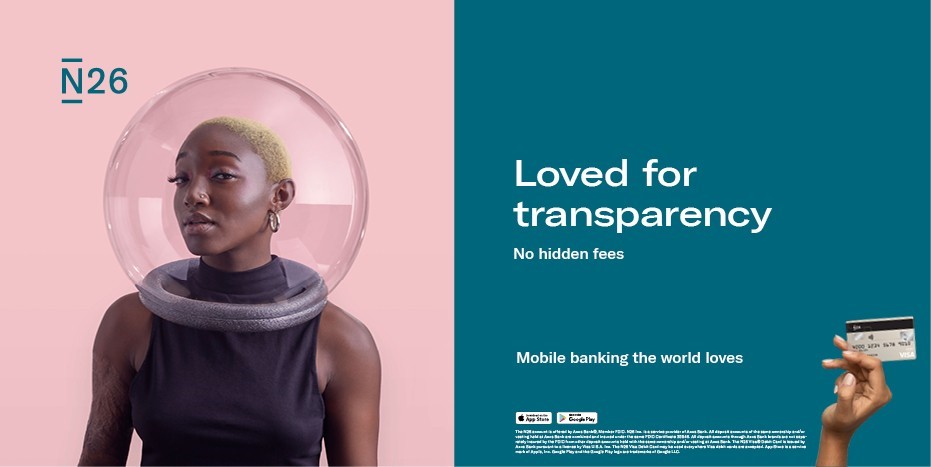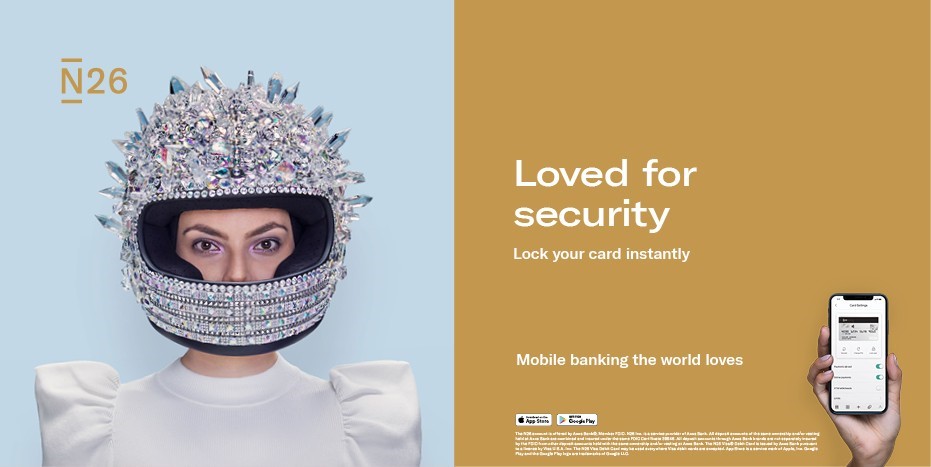Think like a brand: 6 essential steps and 6 real life stories
13 September 2019
I was invited to speak at Kony Accelerate, the banking and credit union conference which aims to inspire financial service organizations to think differently about customer experience. My topic: ‘Think like a brand, not like a bank’.
My session was aimed squarely at credit unions, community and retail banks, where we have done lots of research and strategy work recently examining audiences to understand the emotions of loyalty and the triggers of desired actions. However, the stories that I told at the conference apply to every sector. There are three reasons for this:
Good brands are valuable: The 2019 top 100 global brands are valued as a staggering $4.7 trillion [1].
Emotional connections drive revenue: A cross industry study [2] showed customers that felt a true emotional connection with brands were 52% more valuable than those who did not.
Brand is the last battleground: Accelerating technology, emerging global economies and disintermediated channels means competing for share of wallet on bits, bytes, features, functions and even price is a losing battle. For the next generations of consumers, what you believe in is as important as what you sell.
So how can you compete more effectively? Start by thinking more like a brand and less like a business.
My six simple rules are based on observations of best practice from established brands and new innovations from emerging brands.
Rule 1: Obsess about customers every second of every day
If you want to create an authentic and human experience, it is everyone’s job to show empathy and understand customers’ needs, wants and expectations. For example, I hate grocery shopping, but I love Trader Joe’s for two reasons: each individual employee is empowered and encouraged to help; and, instead of the 50,000 product lines most grocery stores carry, Trader Joe’s has 4,000. Their mission is simple, to take the stress out of grocery shopping.
And they do. Notably, Trader Joe’s were both ranked 1st among multi-channel retailers in Forrester Research’s 2018 U.S. Customer Experience Index, and also voted best retailer to work for by Glassdoor in 2019.
Rule 2: Embrace tension and create contradictions
Creating a powerful brand story comes from taking existing ideas and concepts and turning them into something else. Recognize the power of the remix. The more idiosyncratic the more powerful.
I have been tracking the arrival of N26, the German Neo Bank into the American market. They were already handling $2.3 billion in monthly transactions across 24 European markets and opened their digital doors in the US 3 weeks ago with a 100,000-person waitlist to open an account. And their contradiction? The Idea of Love and Banking. Targeting Millennials and GenZ – they are using an emotional remix to create a surprising and compelling connection with their customers that drives through their message and their creative. Love it.


Rule 3: Sometimes, do the counter intuitive thing
Zappos is the perfect example of a brand that has built its story on flying in the face of business wisdom. Zappos grew to be a leader in online shoe and apparel sales with their obsessive customer devotion and commitment NOT to be Amazon.
Customer service representatives are encouraged to talk to customers for as long as it takes about anything they like and are encouraged to do anything — even spend Zappos money — to “wow” customers. The video here is a true story of a rep taking, finding and returning jewelry that got shipped to the company by accident. This is how brand legends are made and relationships built.
 Play
Play
Rule 4. Remember, product isn’t what it used to be
Harley Davidson doesn’t sell motorcycles, they sell rebellion. WeWork don’t sell office space, they don’t even sell new co-working formats. They sell community and a belief in a connected society.
Lemonade, the new online insurer that is shaking up the industry doesn’t sell protections for your property, they sell social good and self-actualization. Imagine a world where after each claim is paid, an average of 40% of all annual premiums are gifted to social causes which are selected by their customers.
Rule 5: Be a coach and a composer
Successful brands have shifted their mindset from ‘here are our products to consume’ to ‘here is how you can design the experience you want’.
Stich Fix provide you with a personal stylist that provides complete looks based on your preference, you buy what you like, return what you don’t. Incochino also brings bespoke tailoring to your door. Both changed the fashion paradigm. They are composers.
Aspiration, the ethical ROBO adviser has recently introduced a Spend and Save card that promises customers that their deposits will never go towards funding fossil fuel projects, firearms, or political campaigns. But their real uniqueness is their ‘pay as you will’ model. Investors using Aspiration’s services can select the fee they think is fair and whatever it is, you pay, Aspiration donates ten cents of every dollar to domestic charities. Their give:get model makes Aspiration both a coach and a composer.
Rule 6: Status Quo is just an aging rock band
Apart from indulging a group of old men who ought to know better, no business can assume that retaining the status quo will work.
Three weeks ago something intriguing started to play out.
Business Roundtable, a powerful business lobby comprised of the world’s leading CEOs including Apple and Amazon and chaired by JP Morgan, announced their intention to rethink the definition of the ‘purpose of a corporation’ from solely making money for its shareholders to providing benefits for all stakeholders: shareholders, employees, communities, and the environment. An interesting move.
Even more interesting was the response from a group of 33 businesses, all of them B Corporations, and all of them brands we know and love, like Ben and Jerry’s, Patagonia and Seventh Generation.
These brands represent 33 of the 10,000 Certified Benefit Corporations in the US that work in over 150 industries and are present in some 60 countries, which have already upended shareholder primacy and shifted the cultural narrative of business to the highest standards of social and environmental performance.
These 33 brands paid for a full page ad in the New York Times and chastised the Business Roundtable for being behind the curve with their desire for change, in a world that has already changed. Their message: stop talking and start behaving like you mean it.
This action shows that times are not just changing, they have already changed.
So my final message is, don’t just think like a brand, be and behave like a brand people can believe in.
It is the new battle ground.




